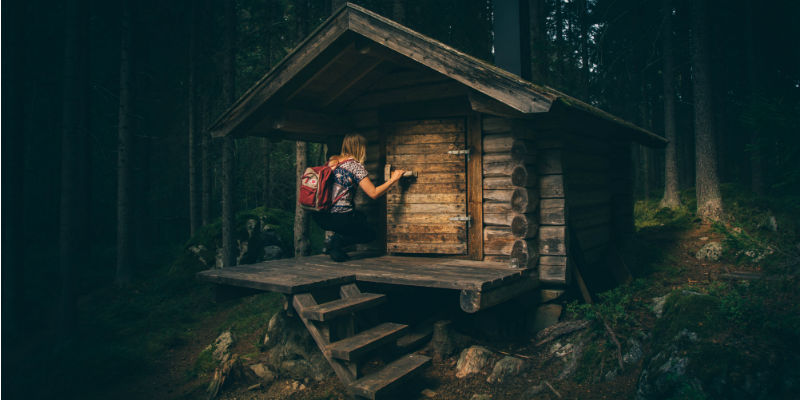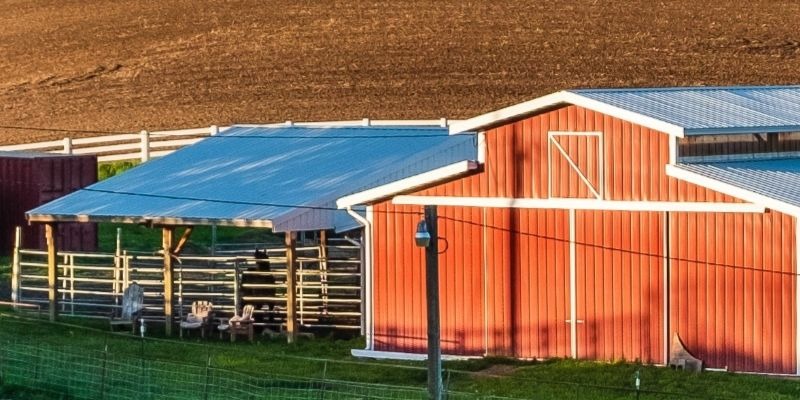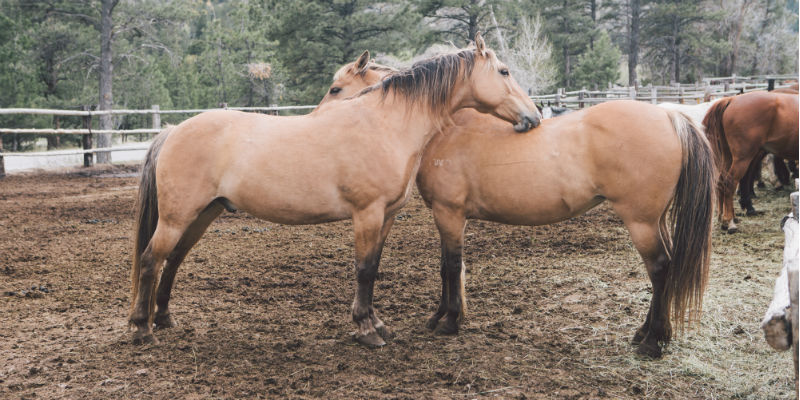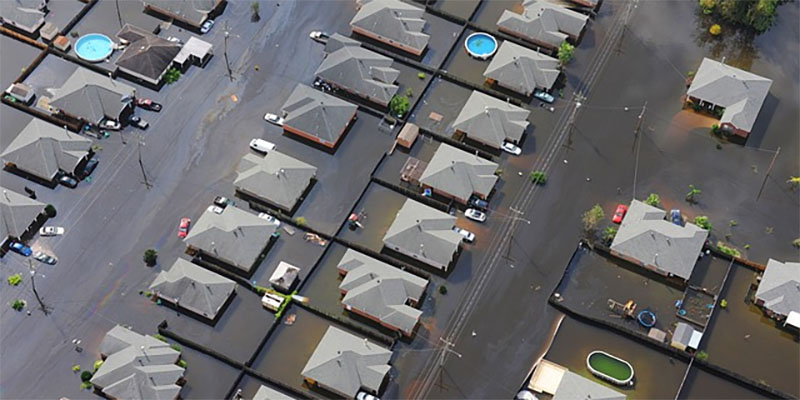Additional Dwelling Units
Affordable housing is a priority for many Coloradans in this current economic climate. Tiny houses on wheels are not legal in Colorado. Good news, there is another option. You can take advantage of tiny homes built on foundations in your backyard, called ADUs. These Additional Dwelling Units (sometimes called granny flats) are self-contained apartments in an owner occupied single-family home or lot. Homeowners who want to make the transition into tiny house living can construct an ADU in their backyard, and live in the ADU while renting out the house.
The number of ADU permits issued annually in Colorado has risen and the trend is still on the rise. Make sure to research your city’s land use code to insure there are no hidden restrictions. In the past, cities have been known to ban ADUs. Likewise, some areas can have restrictions on size, owner occupancy, and parking. While many states are lagging behind, Colorado cities have adjusted their regulations to encourage more ADUs.
Benefits of ADUs
There are a lot of social and economic benefits of living in a tiny house. ADUs are great because they allow people housing flexibility over time. You can design your ADU to be more accessible to the elderly. This will allow you to stay in your neighborhood as you grow older, and at less cost. ADUs are also great for parents, caregivers, adult children, and grandparents. ADUs use fewer resources like gas and electricity due to their size. They’re often built in walkable and bikeable areas, so their residents generate less of an environmental impact. This includes traffic, harmful emissions, and noise pollution.
They greatly reduce the per capita residential footprint. ADUs help fill the need of one and two person households in cities. ADUs have a significantly less infrastructural impact on a city than most apartment buildings. Read more on Tiny Houses in Colorado on our blog. If you are looking for a horse property in Colorado, contact one of our horse-person realtors at Colorado Horse Property.











